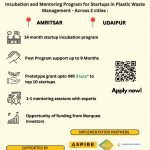
![]()
![]()
![]()
Handloom Products
Handloom Products
Overview
| Product Idea and description |
|
| Target group |
|
| Raw material required |
|
| Production capacity, facility and labour required |
|
| Production Process |
|
| Tools &Equipmentrequired for production and prices |
|
| Financial linkages/ Government schemes |
|
| Pricing Strategy |
|
| Package, storage and transportation requirements |
|
| Marketing strategy | Estimate of Market size in India and globally
|
| Distribution Channel |
|
Production stage
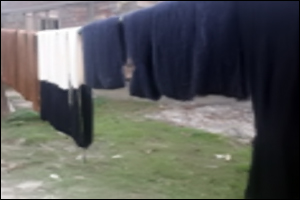
Selecting and procurement of yarn if required natural and chemical dye
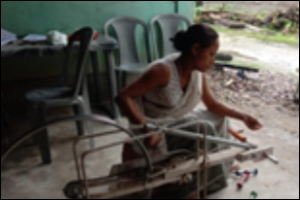

Bobin Of Yarn
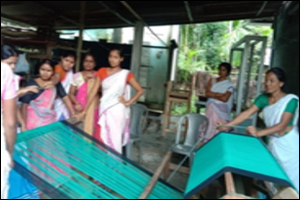

Warping in drum
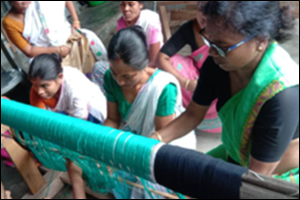

Reeding
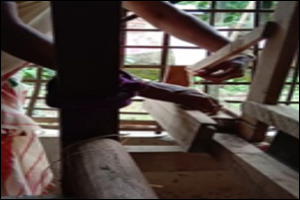

Fitting loom and accessories
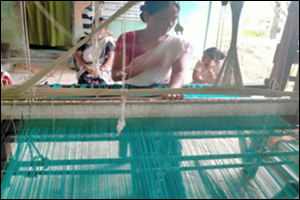

Weaving
Product SWOT Analysis
|
Strengths |
Weaknesses |
Opportunities |
Threats |
|
|
|
|
Financial Plan
To start the handloom production business, one can invest 23.81L INR with a working capital requirement of 4.26L INR per month, assuming the working capital cycle is 25 days and runs for a total of 8 work hours in a day.
| S.No | Parameters | Unit | Value |
| 1 | Capital Cost | INR | 2381500 |
| 2 | Working Capital | INR | 5112000 |
| 3 | Total Cost of Investment | INR | 7493500 |
| 4 | Sales | INR | 10260000 |
| 5 | Gross profit | INR | 2766500 |
| 6 | Tax @ 30% | INR | 829950 |
| 7 | Net Profit | INR | 1936550 |
| 8 | Pay Back Period (Total Investment/Net Profit*12) | Months | 46 |
S.No |
Parameters |
Value |
1 |
Land & Building |
1000000 |
Machinery & equipment |
||
2 |
Looms (7 No.) |
530000 |
3 |
Dyeing Machine |
315000 |
4 |
CADD Machine |
270000 |
5 |
Pump Set & Water Tank |
20000 |
6 |
Other Fixed Assets |
30000 |
7 |
Electrification & Installation @ 10% cost of machinery |
116500 |
8 |
Pre-Operative Expense |
50000 |
9 |
Cost of Office Equipment |
50000 |
10 |
Total Capital Cost |
2381500 |
S.No |
Parameters |
INR/Unit |
Value |
1 |
Workers (7 No.) |
8000 |
56000 |
2 |
Accountant (1 No.) |
12000 |
12000 |
3 |
Manager (1 No.) |
15000 |
15000 |
4 |
Marketing Executive (1 No.) |
15000 |
15000 |
Raw Material & Utilities |
|||
5 |
Raw Material |
|
250000 |
6 |
Utility per Month |
|
30000 |
7 |
Water |
|
5000 |
Other Contingent Expenses |
|||
8 |
Repair & Maintenance |
|
10000 |
9 |
Transportation |
|
5000 |
10 |
Telephone |
|
2000 |
11 |
Other Consumables |
|
2000 |
12 |
Advertisement & Publicity |
|
5000 |
13 |
Postage & Stationary |
|
1500 |
14 |
Insurance |
|
15000 |
15 |
Miscellaneous Expenses |
|
2500 |
16 |
Grand Total of Working Capital (1 Year) |
|
5112000 |
S.No | Parameters | Unit | Value |
1 | Production per Month | Pieces | 150 |
2 | Selling Price per Product | INR | 5700 |
3 | Turnover per Month | INR | 855000 |
4 | Annual Turnover | INR | 10260000 |
